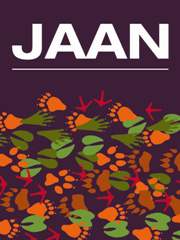Article contents
The effect of replacing inorganic trace minerals with organic Bioplex® and Sel-Plex® on the performance and meat quality of broilers
Published online by Cambridge University Press: 17 April 2014
Summary
The aim of this study was to compare the performance and carcass quality of broilers fed diets containing either a commercial inorganic mineral premix (control) or organic trace minerals (OTM) (Sel-Plex® (Se) and Bioplex® copper (Cu), zinc (Zn), manganese (Mn) and iron (Fe)) in a commercial environment. Four identical houses with a total of 119,500 mixed-sex broiler chickens were used (two treatments × two replicates). Birds were fed identical corn/soybean based rations differing only in mineral form and levels. The inorganic treatment (control) provided Cu, Zn, Fe, Mn and Se at levels of 8, 44, 55, 66 and 0.2 ppm, respectively. The OTM contained 5.5, 22, 5.5, 22 and 0.3 ppm of Cu, Zn, Fe, Mn and Se respectively. Growth and feed conversion during the 35-day trial were not influenced (P > 0.05) by treatments. Over the entire trial period and during the first week of production, birds showed significantly lower (P < 0.05) mortality with the OTM treatment. Between 14 and 31 days, sudden death syndrome was lower (P < 0.05) with the OTM diet. OTM improved feathering at 21 days of age (P < 0.001) and lowered carcass skin tearing (P < 0.05). There was no effect of OTM on carcass yield, breast meat pH, drip loss or on meat colour (L* and b* values). However, birds fed organic minerals had redder breast meat (a*) (P < 0.05) on days three and five after slaughter. The results showed that, under commercial conditions, using lower levels of OTM (except Se) in feed relative to inorganic controls can maintain broiler performance.
- Type
- Original Research
- Information
- Copyright
- Copyright © Cambridge University Press and Journal of Applied Animal Nutrition Ltd. 2014
References
- 9
- Cited by


